SEPCO-Solar Lighting's Blog on Renewable Energy and Green Ideas
Learn the latest LED solar lighting and power updates, along with practical information to help you design your next project
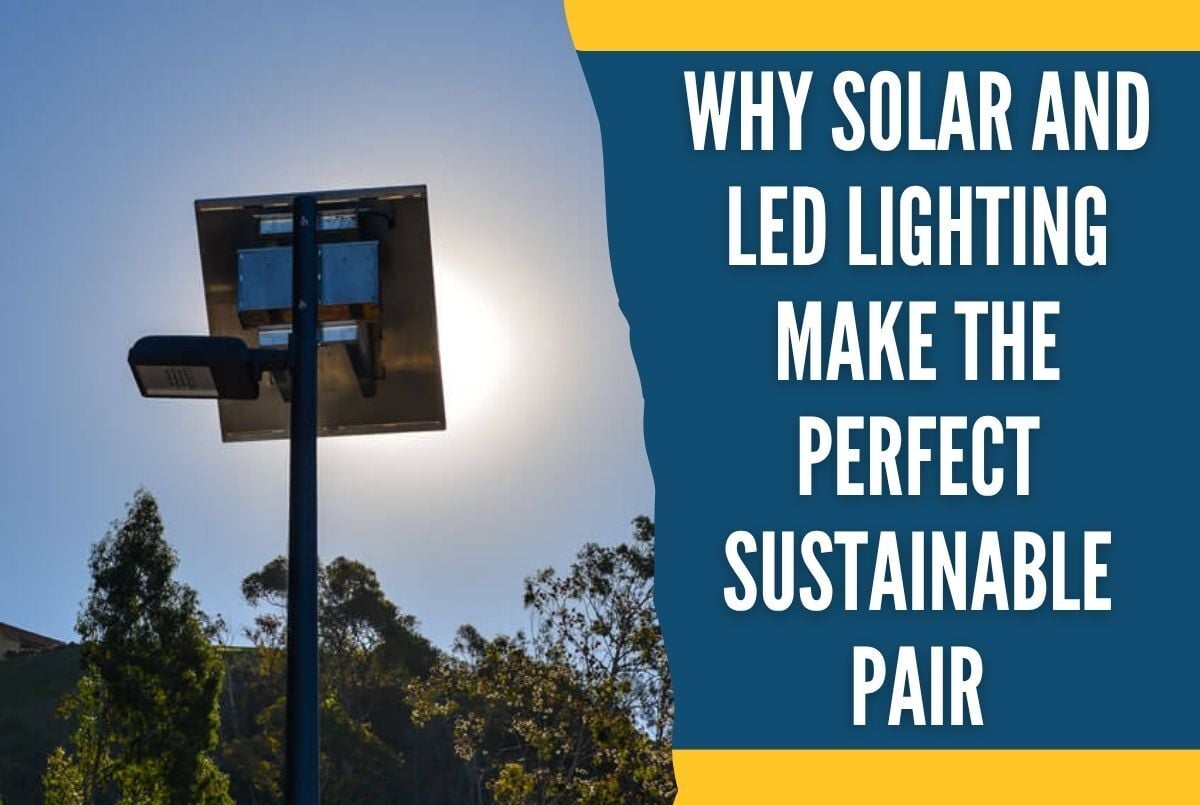
Why Solar and LED Lighting Make the Perfect Sustainable Pair
Just like milk and cookies, solar power and LED lighting are a perfect combination. They work well with each other while complementing their best attributes to create a solution..
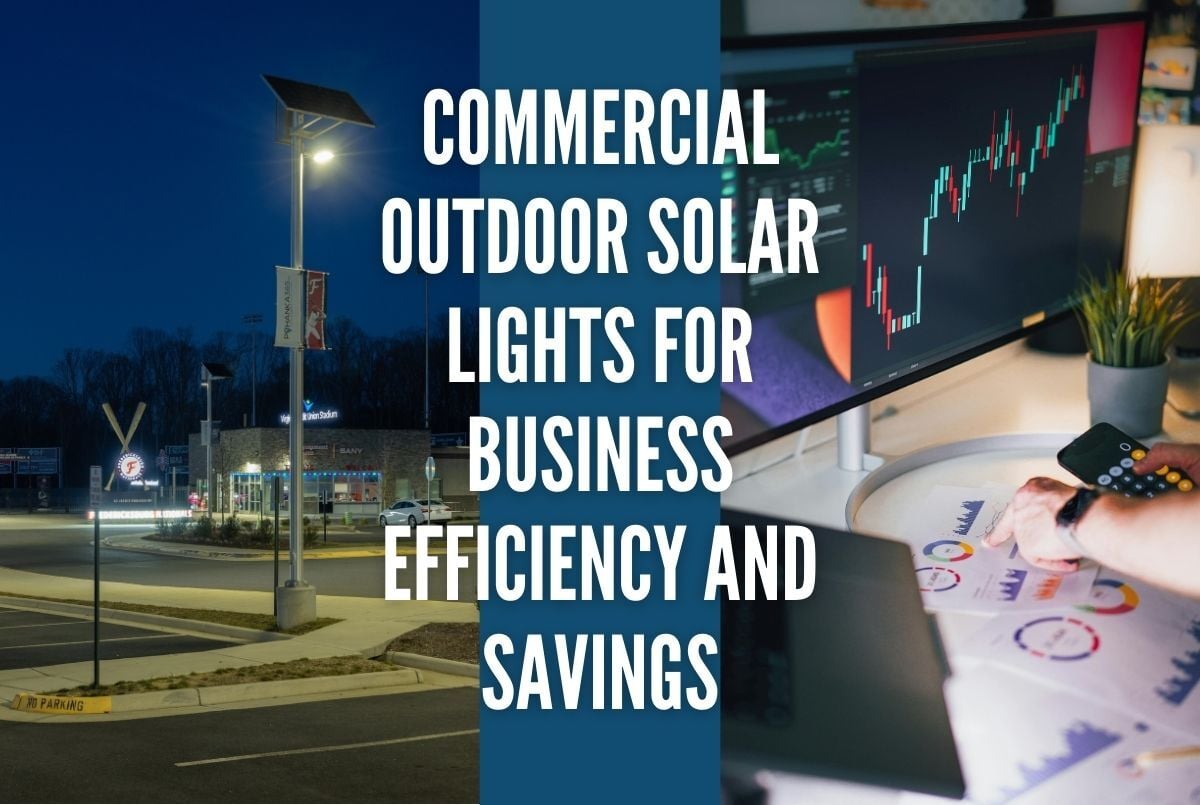
Efficiency and Savings: Benefits of Solar-Powered LED Lights
In today's competitive business landscape, illuminating your outdoor spaces isn't just about visibility; it's a smart investment in efficiency and savings. Commercial outdoor..
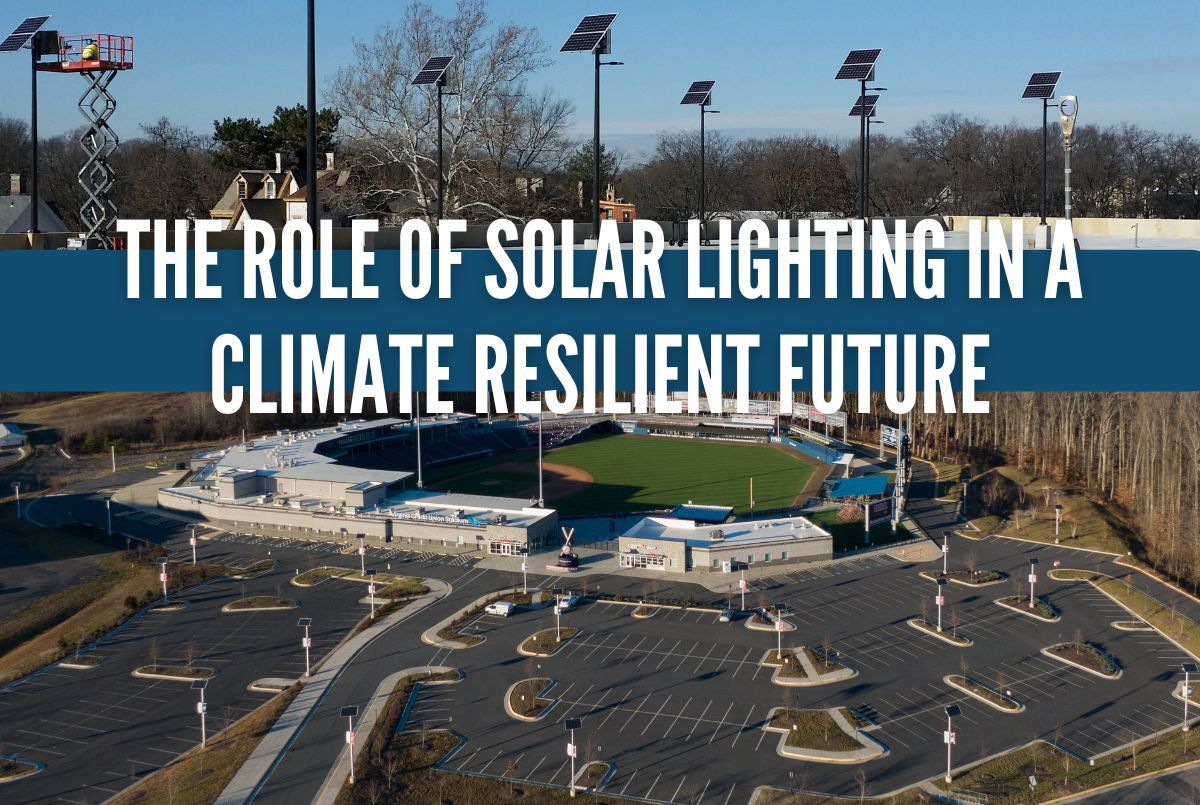
The Role of Solar Lighting in a Climate Resilient Future
As the world grapples with the pressing challenges of climate change, the search for sustainable solutions has never been more crucial. One innovative approach gaining momentum is..
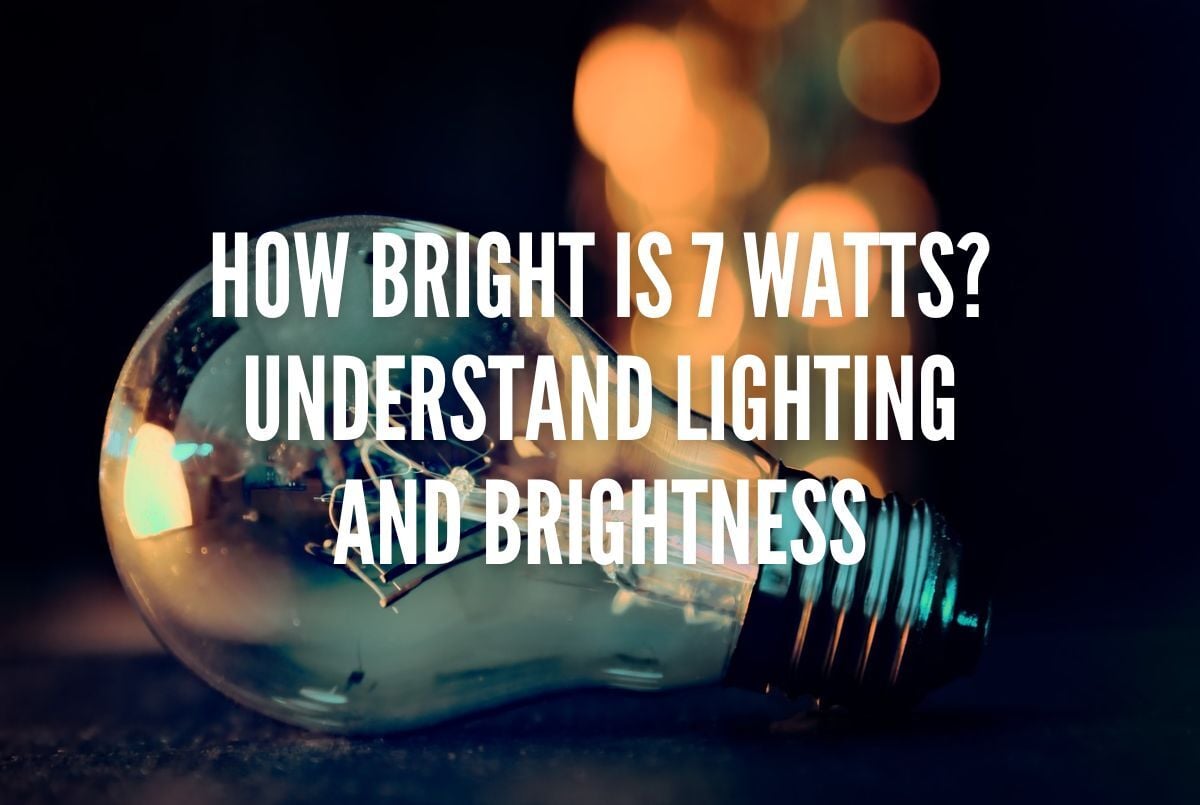
How Bright is 7 Watts? Understand Lighting and Brightness
Doing some research, specifically keyword research, I came across this question: How bright is 7 watts? This made me sit back and think. If people are asking how bright 7 Watts..
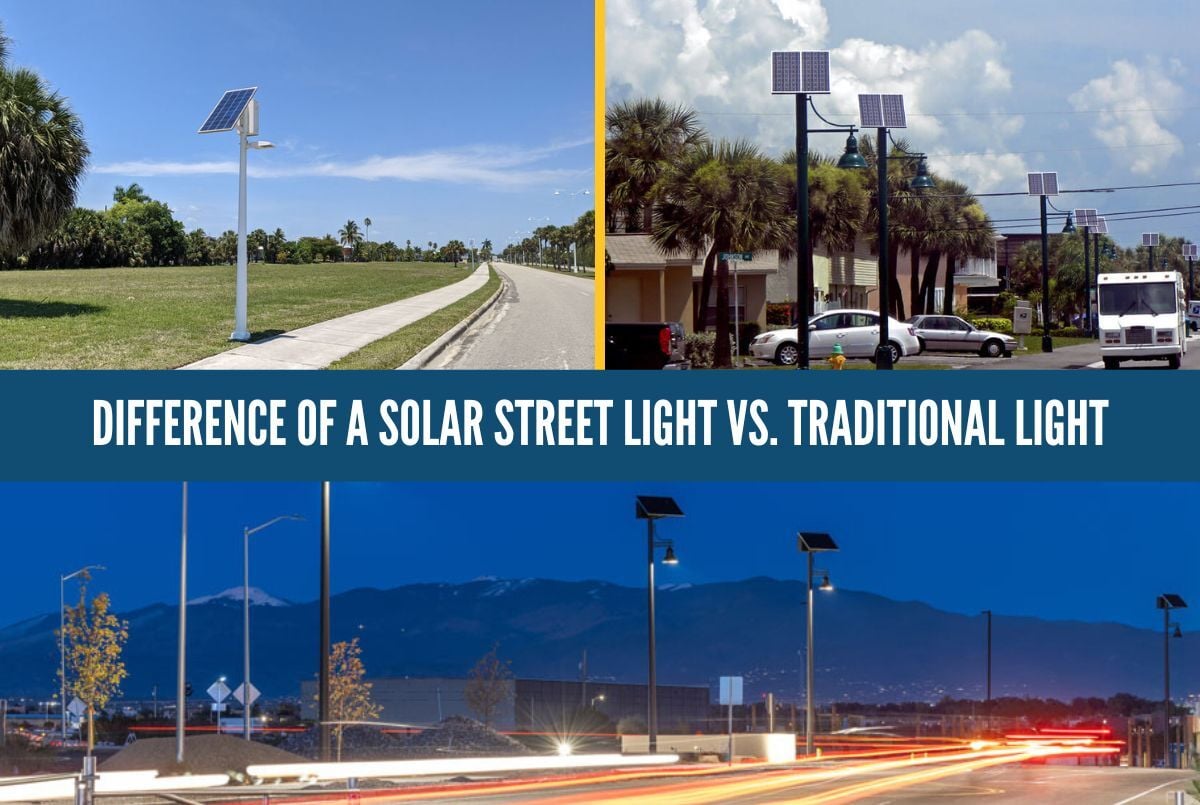
Difference of a Solar Street Light vs. Traditional Light
More cities and communities are making the switch to solar street lights over traditional grid-powered options, and the reasons behind this trend are both practical and..

Why a Minimum of Five Days Autonomy is Important for Solar
When it comes to off-grid solar lighting systems, battery storage is the backbone of reliability. Without enough backup power, lights can go out during extended cloudy periods or..
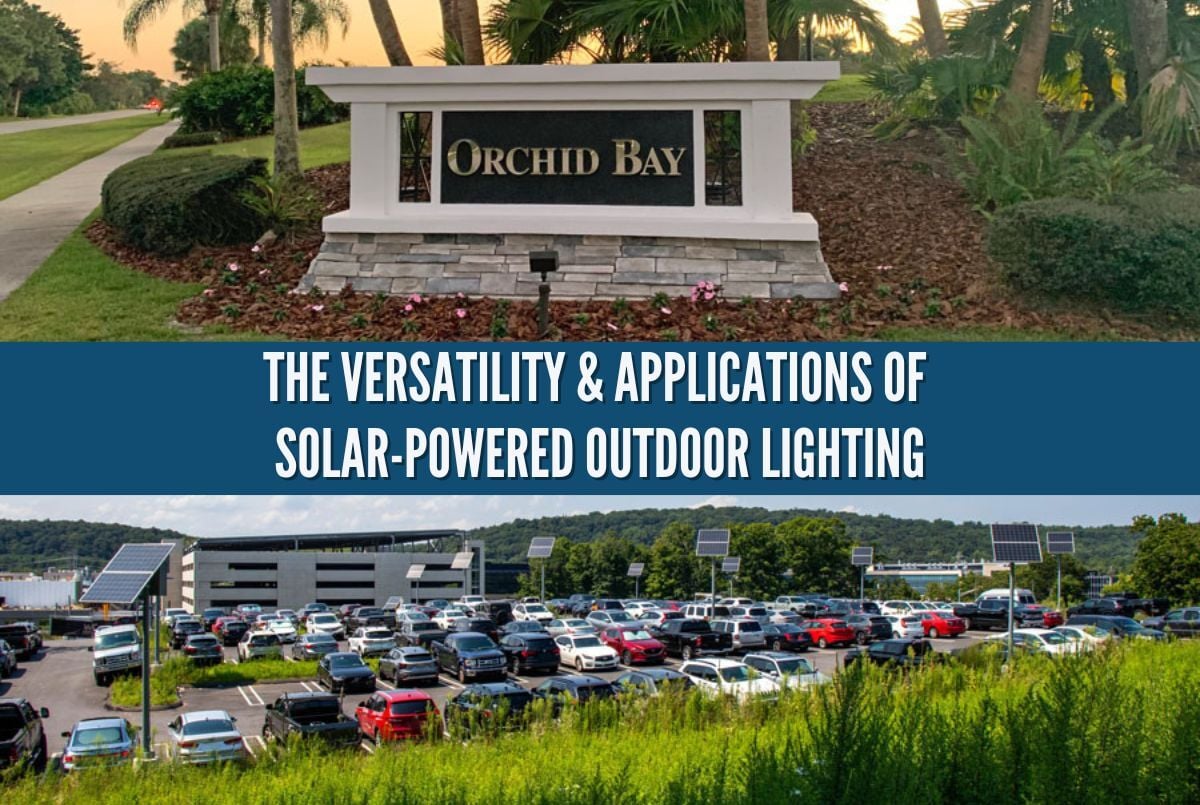
Solar-Powered Outdoor Lighting Solutions for Every Space & Purpose
Solar-powered outdoor lighting has evolved beyond simple pathway lights, offering versatile and efficient solutions for various needs. From enhancing security to beautifying..
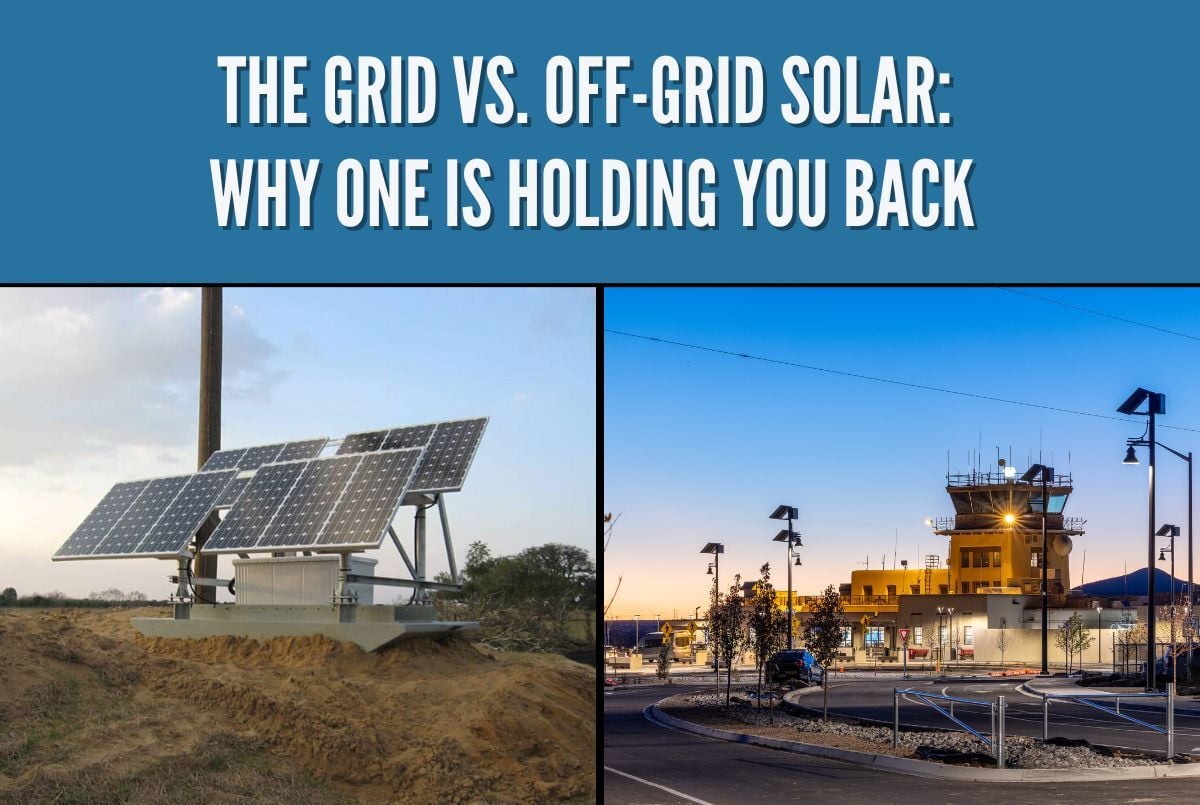
The Grid vs. Off-Grid Solar: Why One Is Holding You Back
In an era of rising energy costs and climate urgency, off-grid solar systems offer a proven solution for true energy independence, delivering resilience, sustainability, and..

Reflecting on Our Legacy and Reigniting the Fight for Earth Day
Over 55 years ago, U.S. Senator Gaylord Nelson founded Earth Day in response to the devastating 1969 Santa Barbara oil spill, which was then the largest in U.S. history. On April..
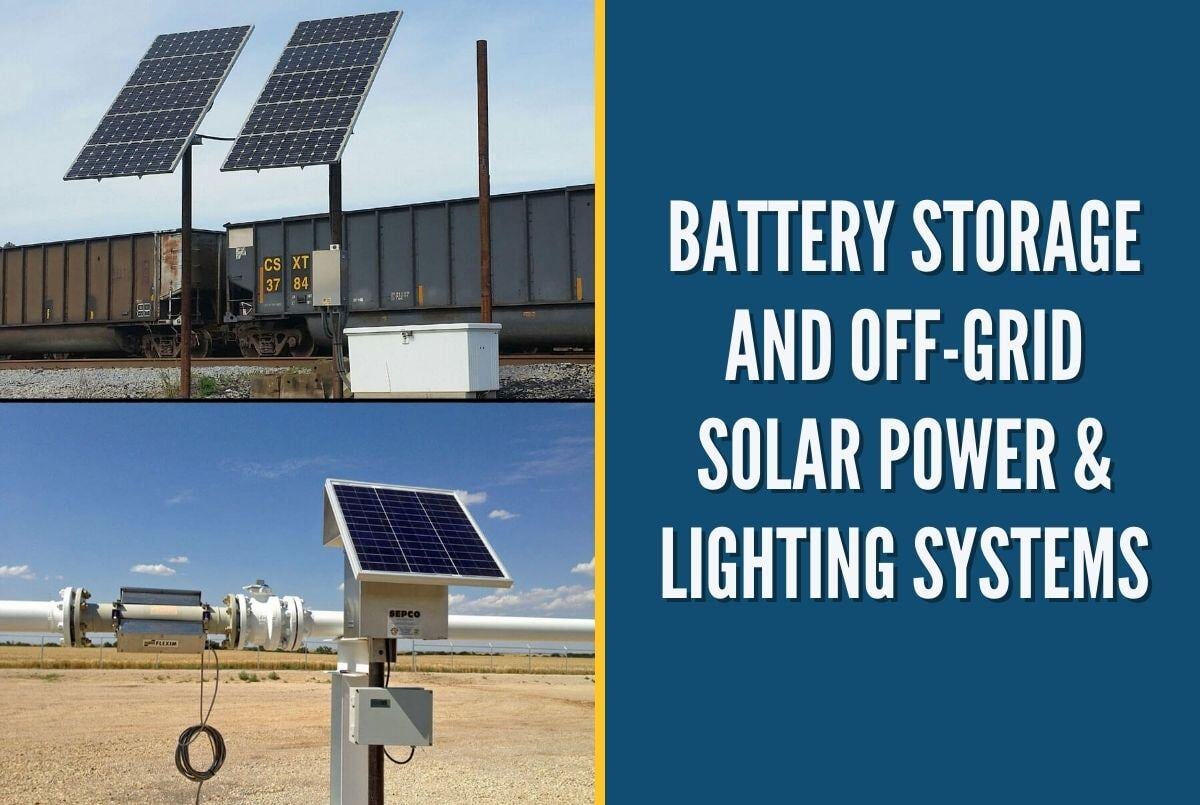
Optimizing Battery Storage for Reliable Off-Grid Solar Power Systems
One of the biggest mistakes in off-grid and backup solar systems is undersized battery storage. Many companies design systems with insufficient capacity—often less than four times..
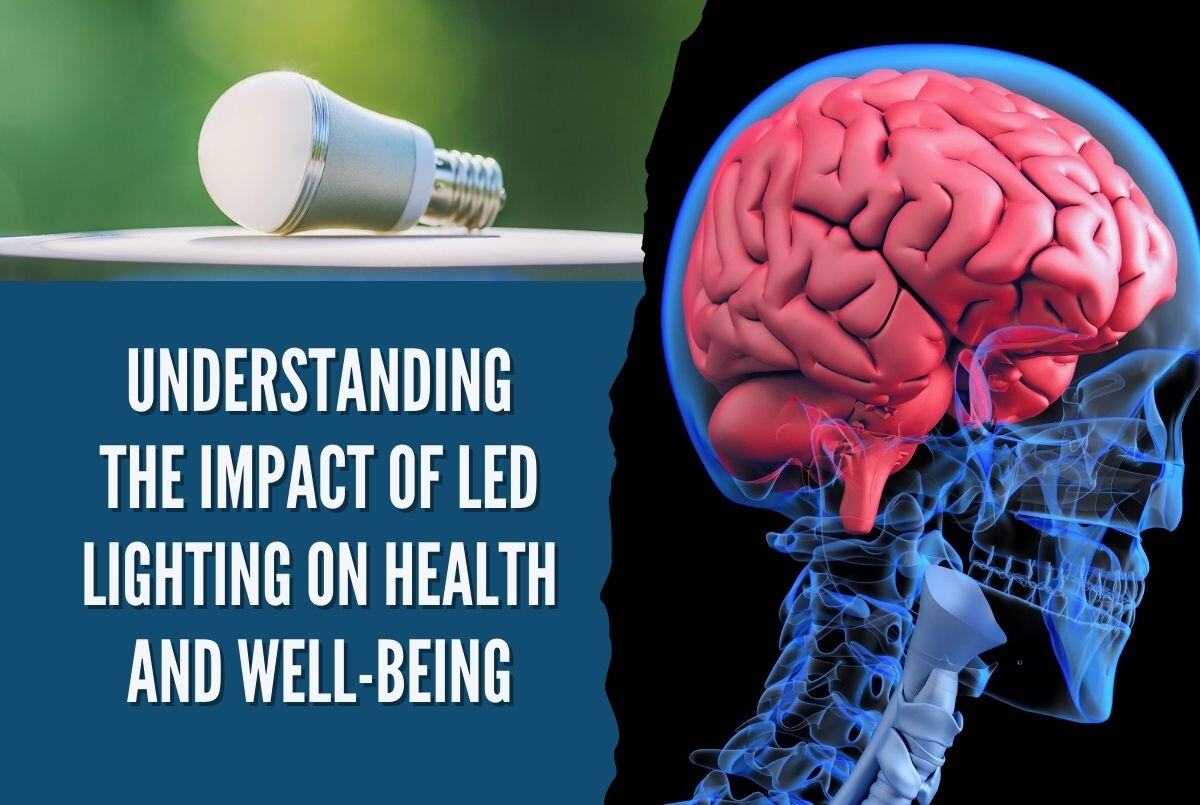
The Impact of LED Lighting on Health: Benefits and Concerns Explained
In recent years, the widespread adoption of LED lighting has brought both innovation and challenges to our daily lives. While LEDs are celebrated for their energy efficiency and..
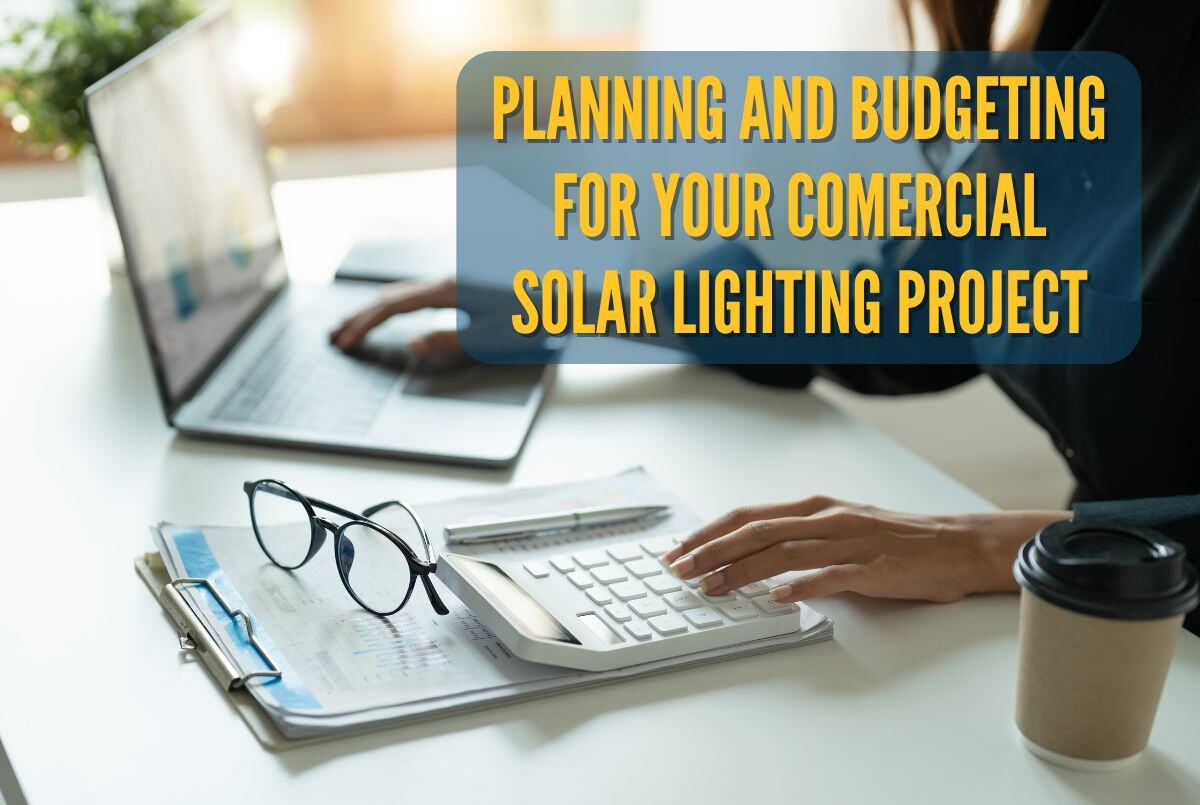
Budgeting Tips for Successful Commercial Solar Lighting Projects
Switching to commercial solar lighting is a smart investment for businesses looking to reduce energy costs, enhance sustainability, and improve outdoor lighting quality. However,..
Not sure where to start?
Check out our solar lighting design guide and see what it takes to design a commercial solar lighting system
